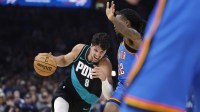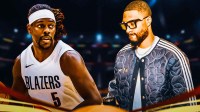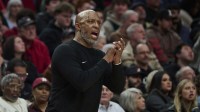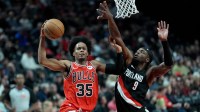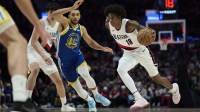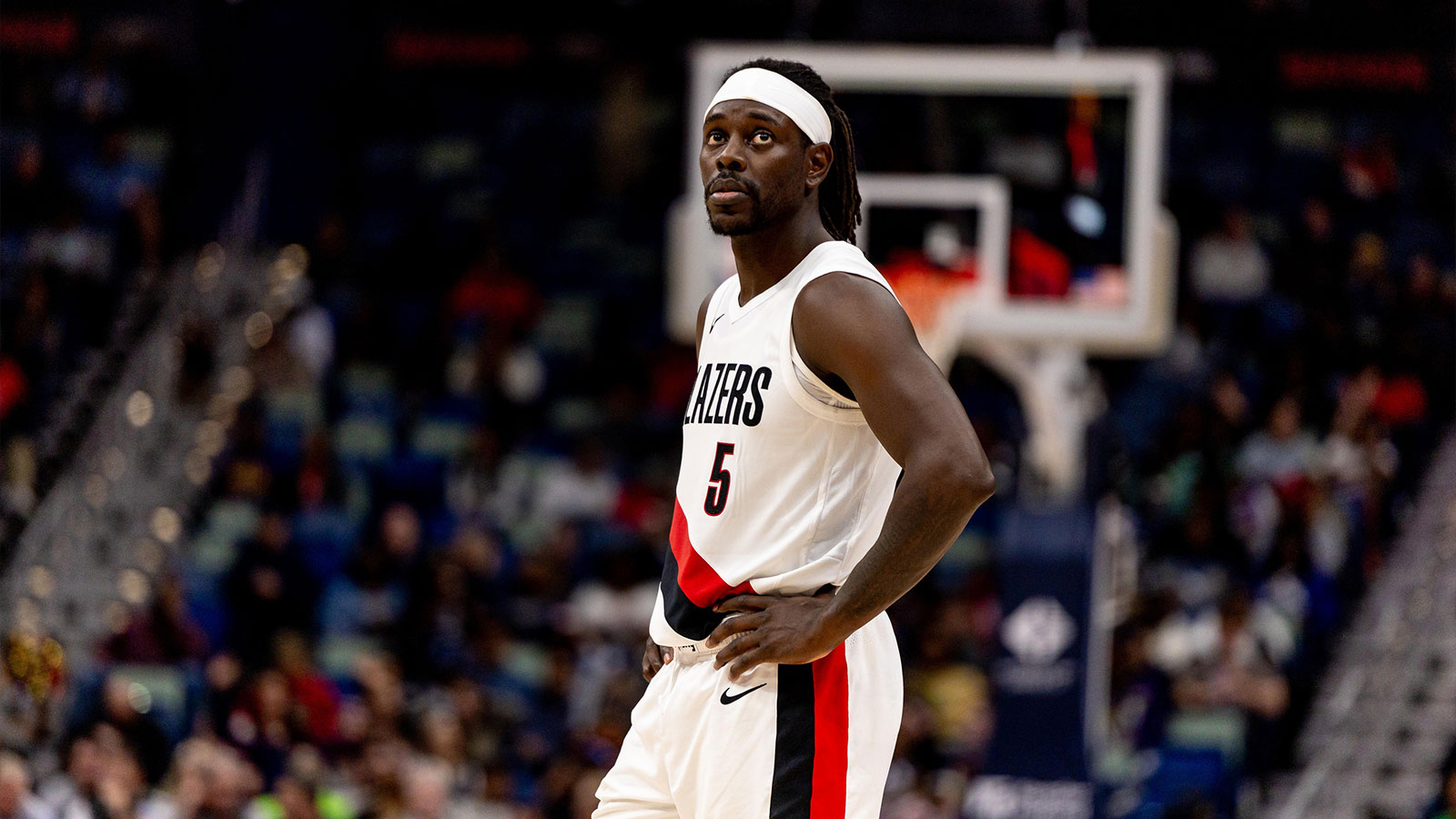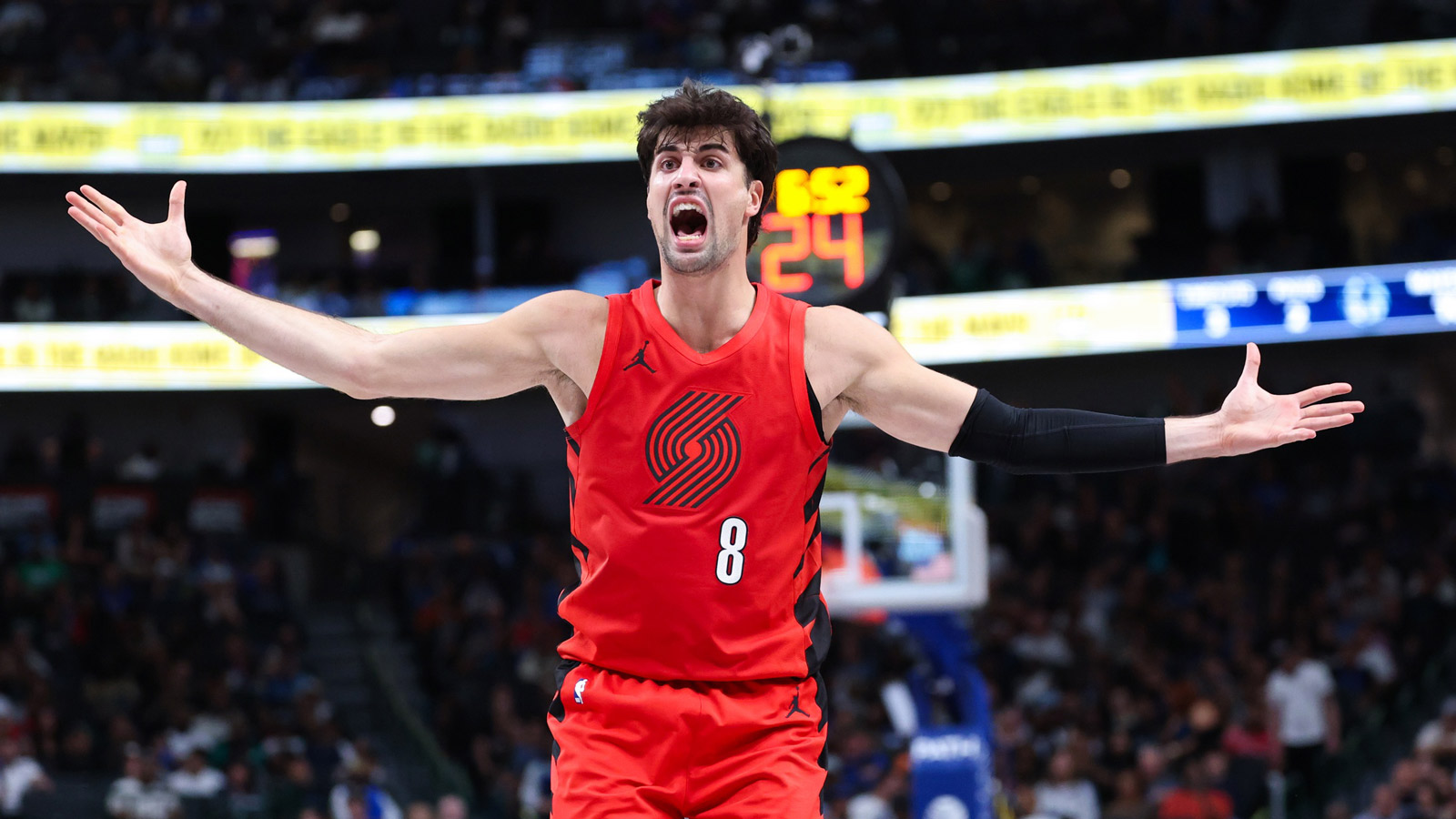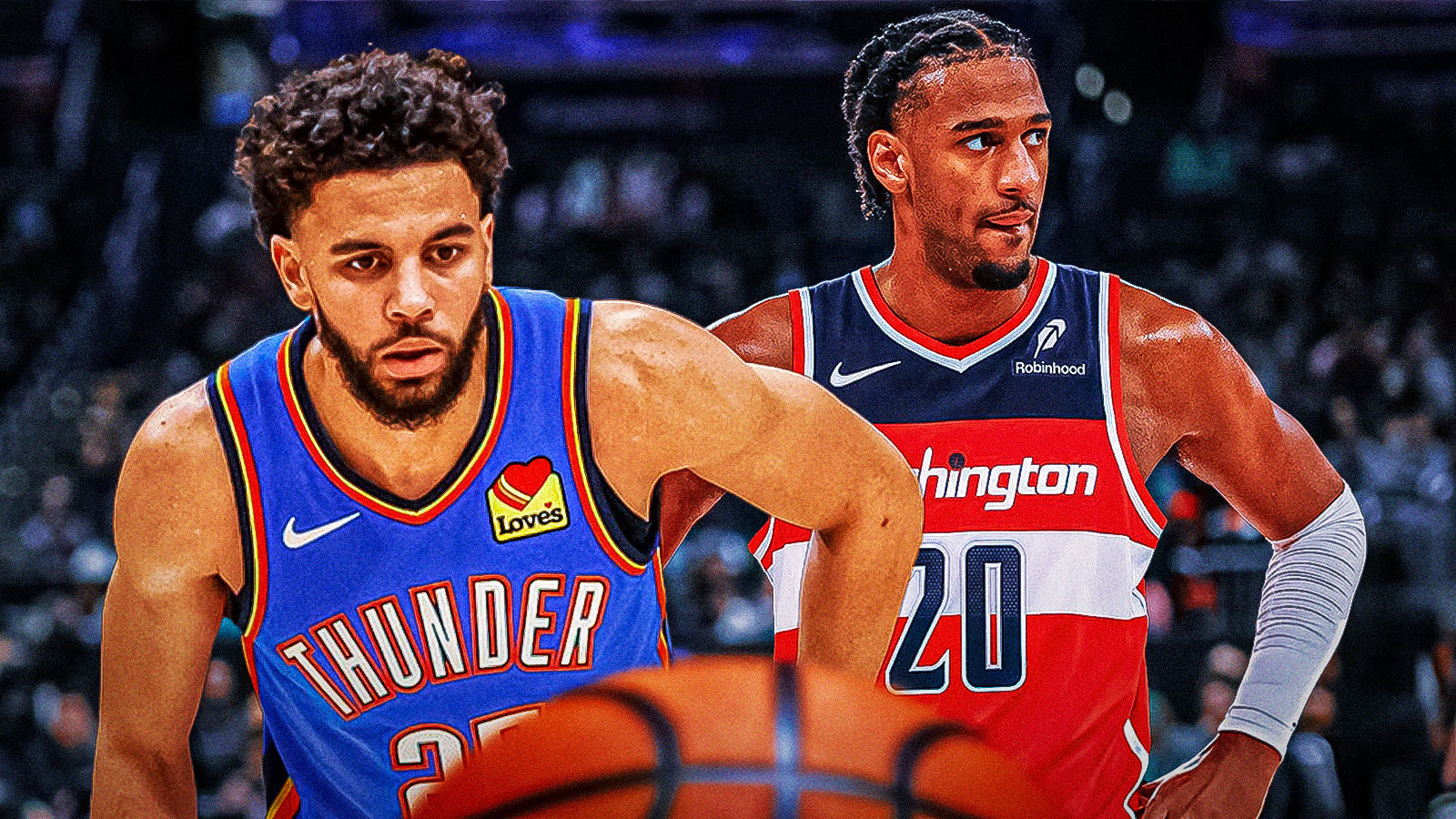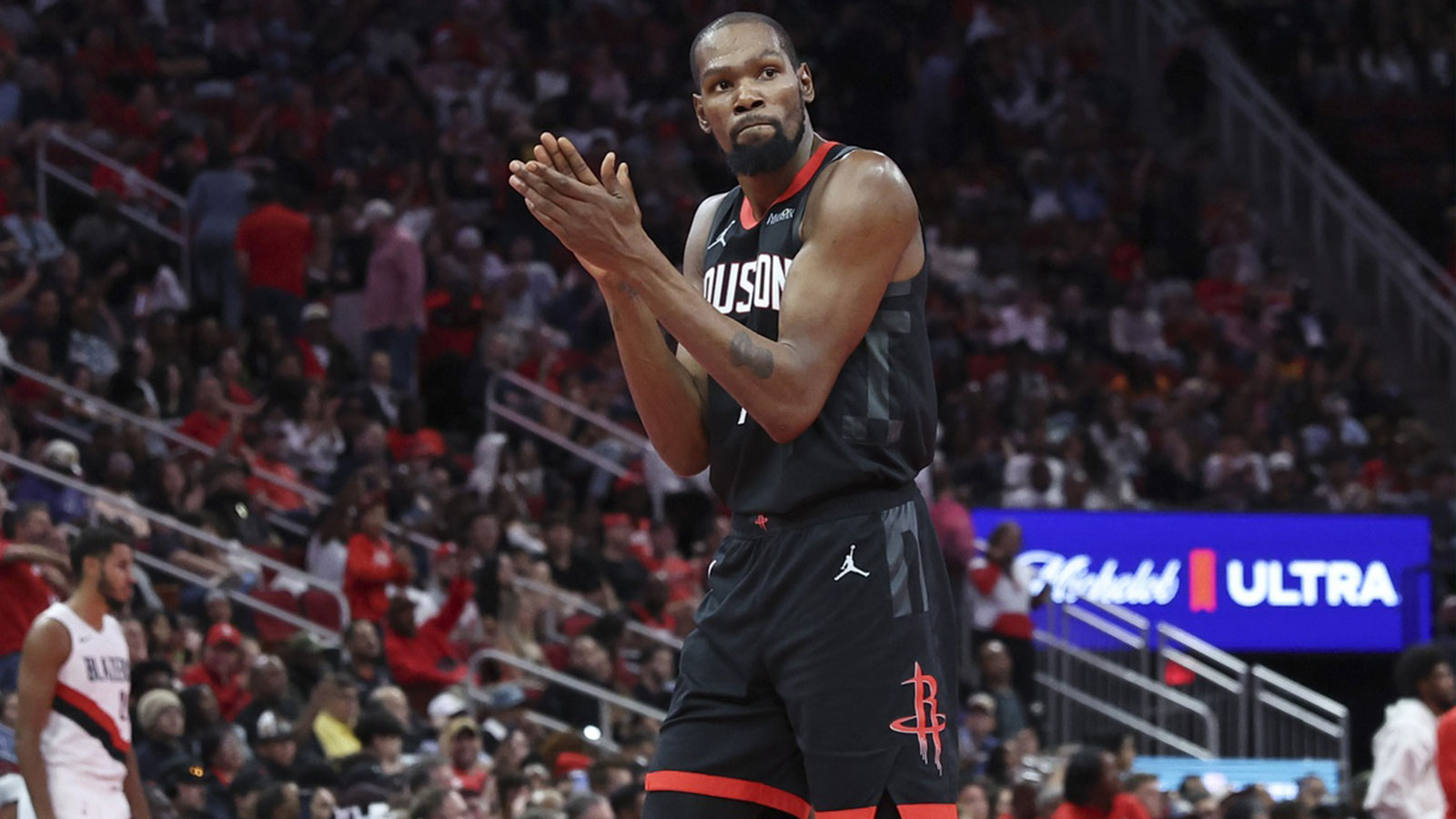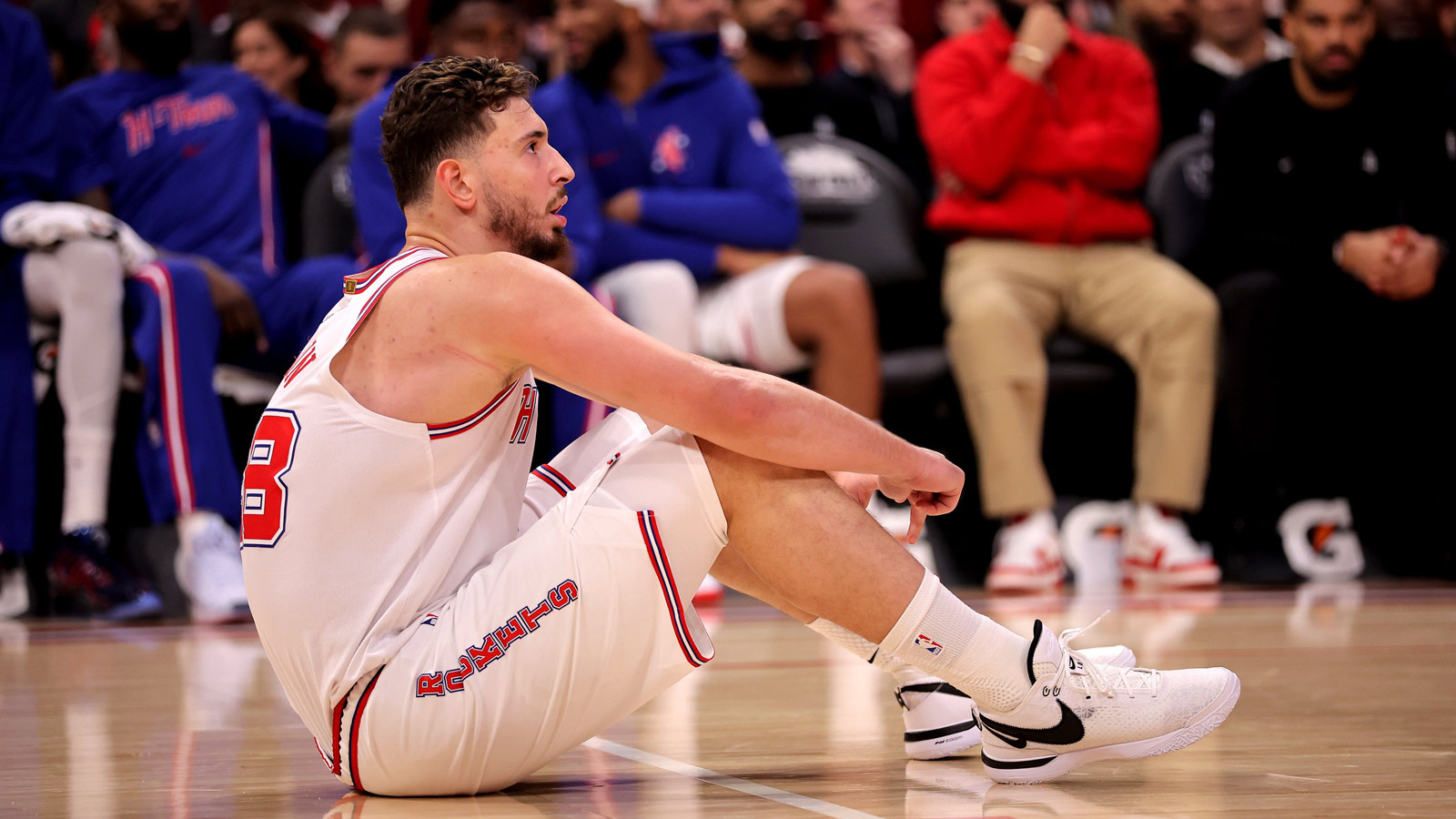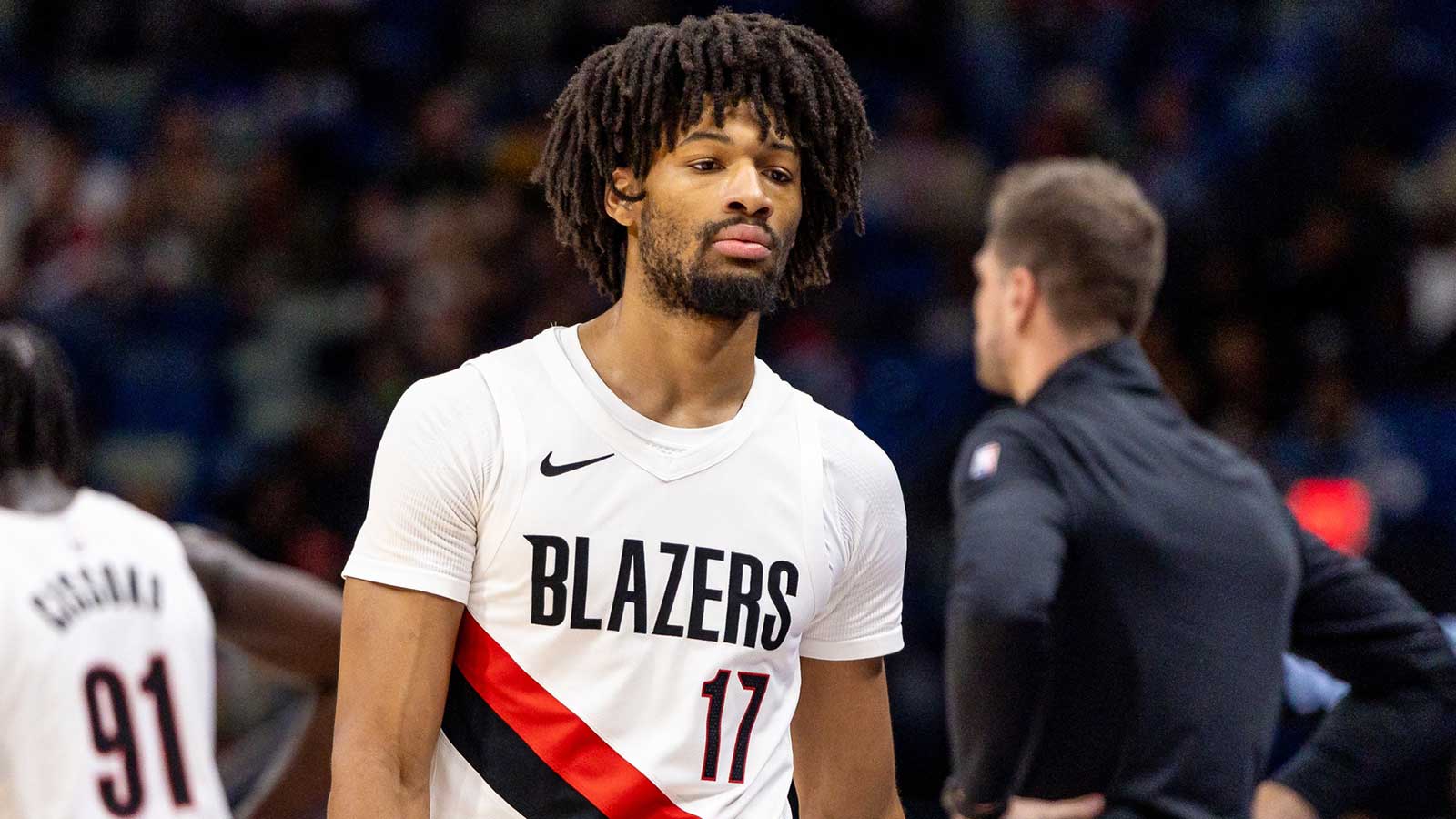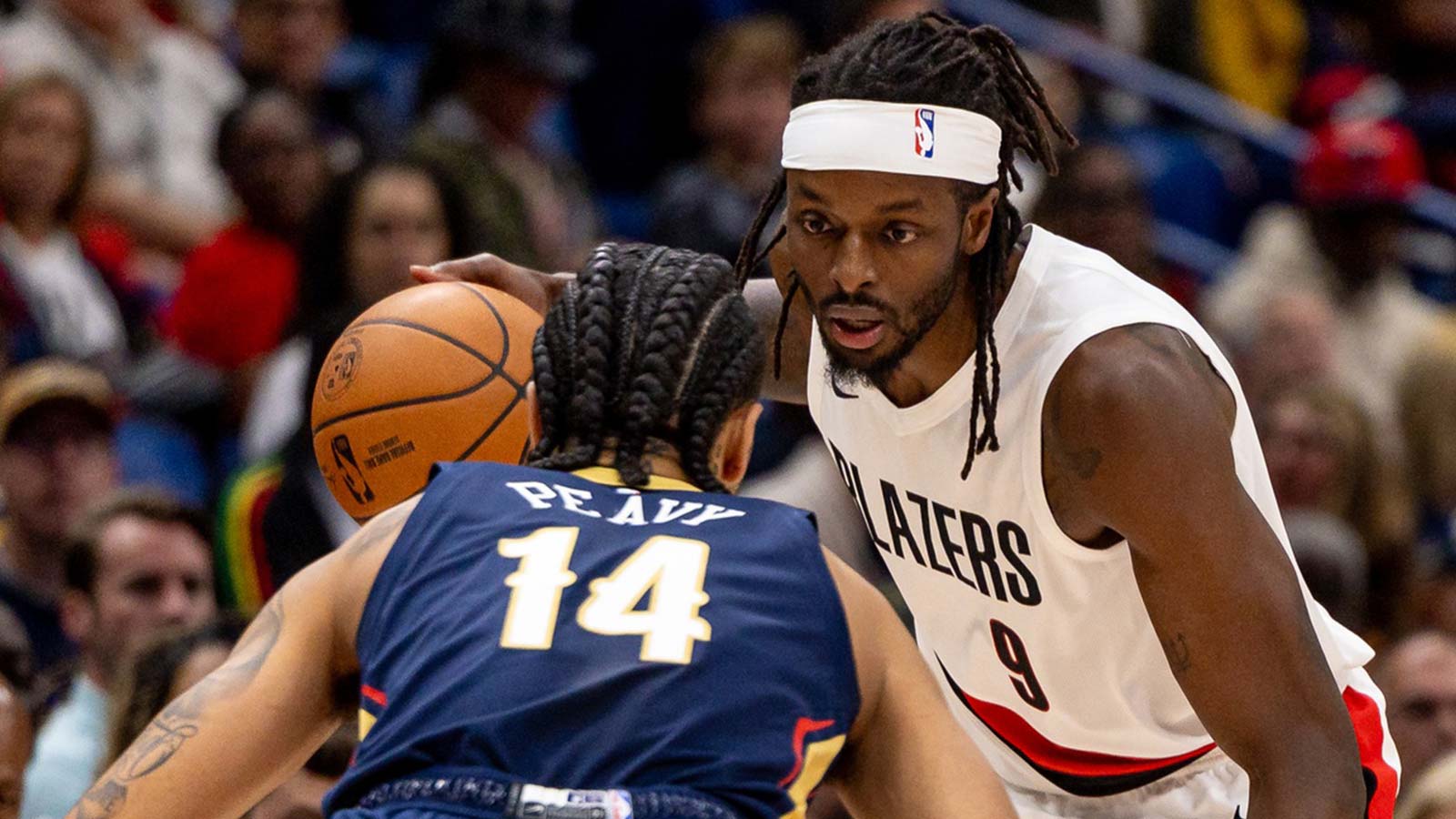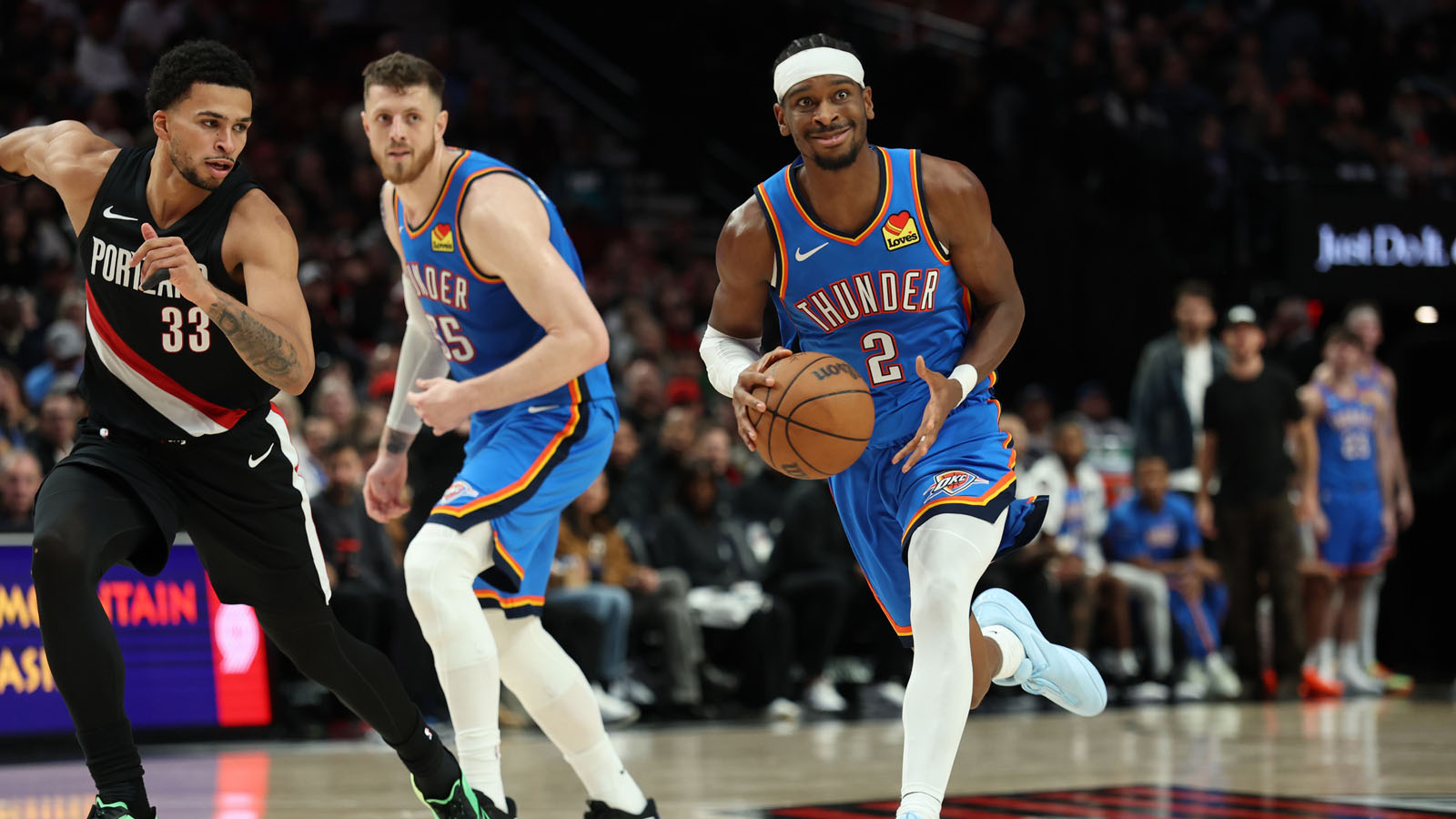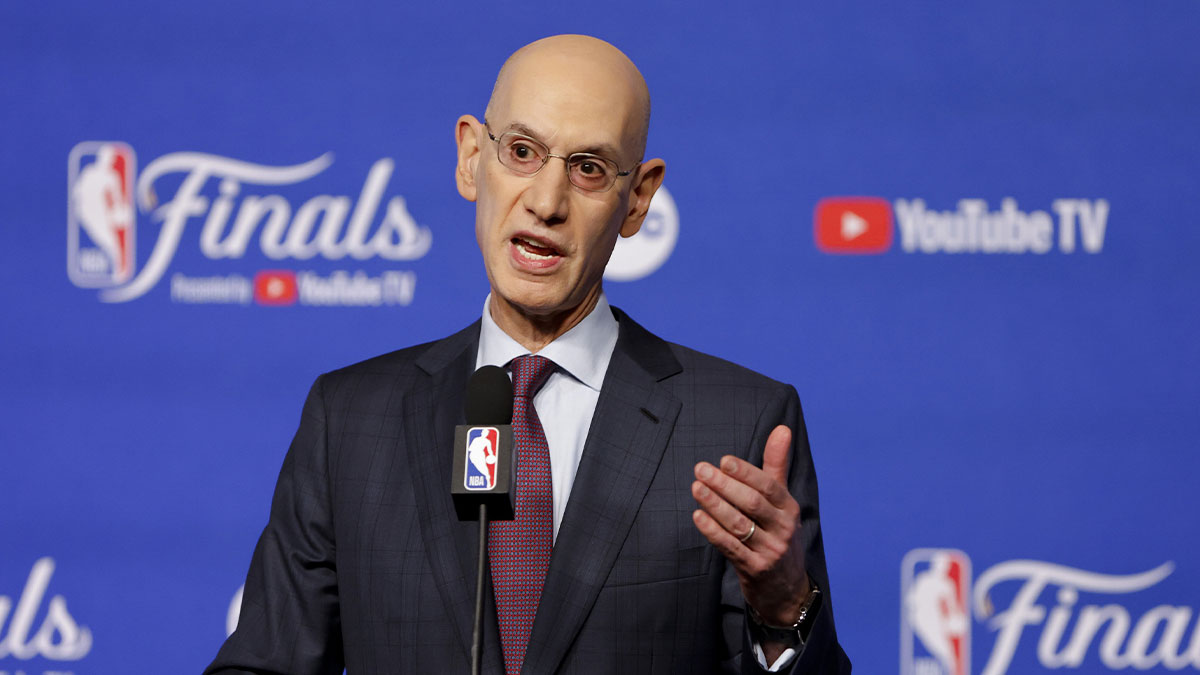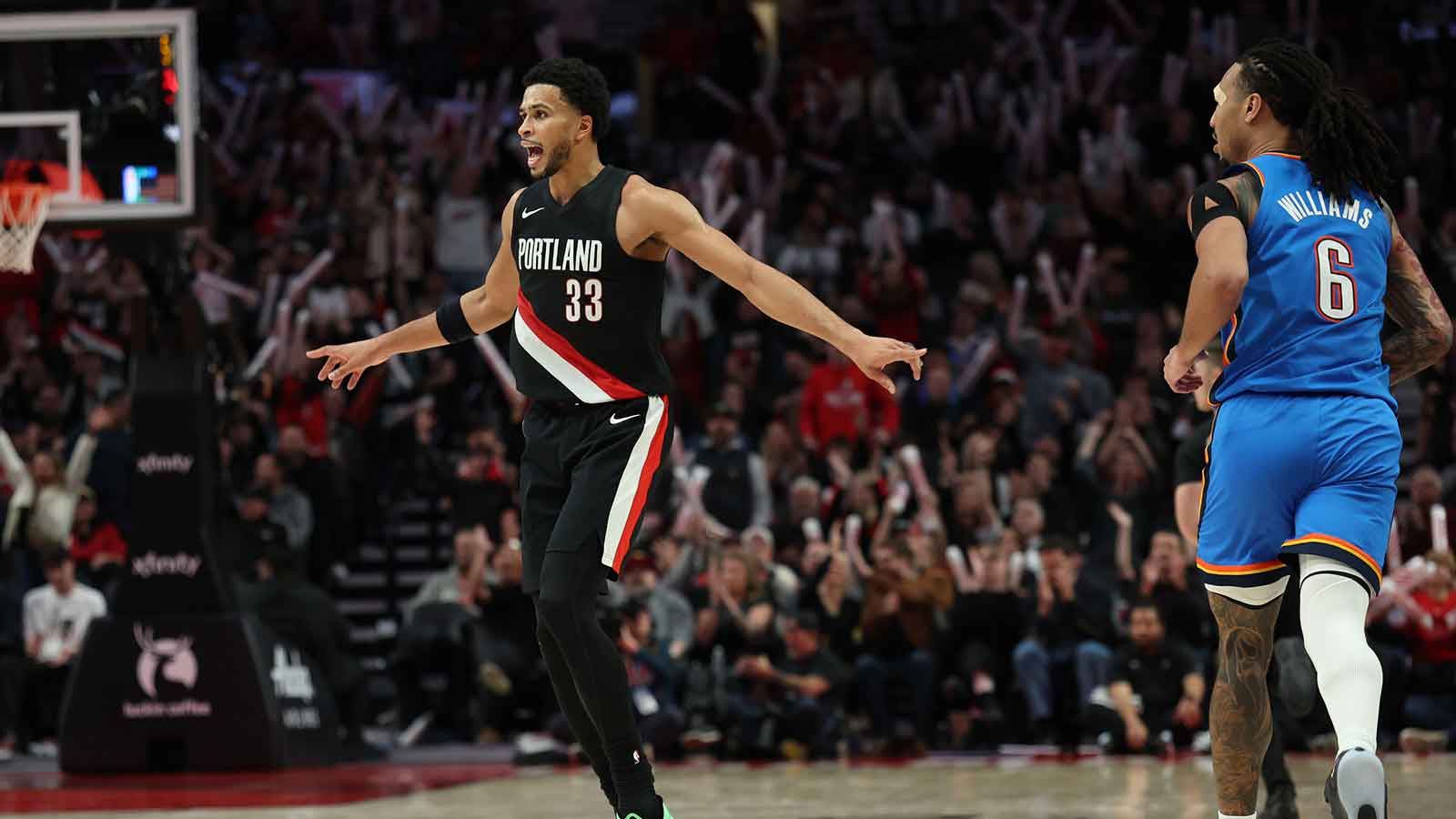The Portland Trail Blazers survived the worst slump of Damian Lillard's career in large part due to the individual brilliance of CJ McCollum. Portland's “other” star guard played like an alpha dog when his team needed it most, picking up Lillard's slack en route to averaging 23.8 points and shooting 44.2% on nearly 10 3-point attempts per game over the first two weeks of the regular season.
Just as Lillard started shaking off his early-season struggles, though, McCollum quietly began shouldering his own. He's at 17.5 points on 17.2 field goal attempts over the last 11 games, laboring to an ugly 48.1 effective field goal percentage. So much for that preliminary talk of McCollum finally earning a spot in his first All-Star Game. Even if his shooting woes have halted momentum for awards recognition, though, they're hardly an ironclad indicator of more to come going forward.
Here are three silver linings from McCollum's largely overlooked slump.
Why Blazers shouldn't be worried about CJ McCollum
1. Positive mid-range regression
McCollum, arguably the most accomplished mid-range shooter in basketball outside of Kevin Durant, has yet to find his footing from there this season. He's shooting 35.1% on non-paint 2a overall, below-average efficiency essentially unchanged from his hot start to ongoing slump. McCollum shot a scorching 48.9% from mid-range in each of the last two seasons, per NBA.com/stats. He has never been worse than 40.9% on those shots over a full season and made more than half of them in 2018-19.
The biggest differences for McCollum have come at the rim and on above-the-break triples. There's a chance his proficiency in those areas over the first two weeks of the season proves an aberration But even if it does, McCollum might as well be guaranteed to positively regress to his well-established mean as a mid-range shooter.
2. Make or miss pull-up shooting
McCollum is 7-of-24 on pull-up triples in the last 11 games, good for just 29.2% shooting. Those shots are some of the toughest in basketball, but McCollum has made a career out of splashing them with regularity — and increasingly so as he has gotten older. He was 12-of-26 on off-dribble 3s before his slump began, portending his best campaign from long-range yet.
Expecting McCollum to cash nearly 50% of his pull-up 3-point attempts is foolish. There isn't a high-volume shooter in the league who will come within easy striking distance of that threshold. But McCollum is obviously a better off-dribble shooter than the recent frequency of his clanks suggests, and he's at a hot 43.5% on catch-and-shoot treys over that same stretch.
Clearly, McCollum's touch from deep hasn't left him entirely. His off-dribble 3s will start to fall soon, just like his mid-range pulls.
3. Team-wide offensive success
Portland owns a 112.6 offensive rating over the last 11 games, per NBA.com/stats, seventh-best in the league. That's an impressive number considering not just McCollum's struggles, but the tandem slump of Anfernee Simons, who's shooting 38.9% from the field and 29.2% on 3s during that timeframe.
Still, McCollum's presence at least hasn't been a negative overall influence on the offense. The Blazers' offensive rating with him on the floor since Nov. 6 is 112.2 and dips to 109.1 when he's on the bench, per NBA.com/stats. While McCollum's shotmaking certainly isn't the driving force behind those numbers, his green net offensive rating still stands in contrast to Lillard's on-off impact amid his similar labors earlier this season. Before Lillard broke out for 29 points in a home blowout over the Los Angeles Lakers, Portland was scoring just 1.8 points per 100 possessions more with him on the court than off it.
McCollum's game is more limited than other veterans with his track record of prolific offensive production. Still, it's a testament to his positive all-around effect on the Blazers' offense regardless that it's thriving with McCollum in the game despite his shooting woes of late.


